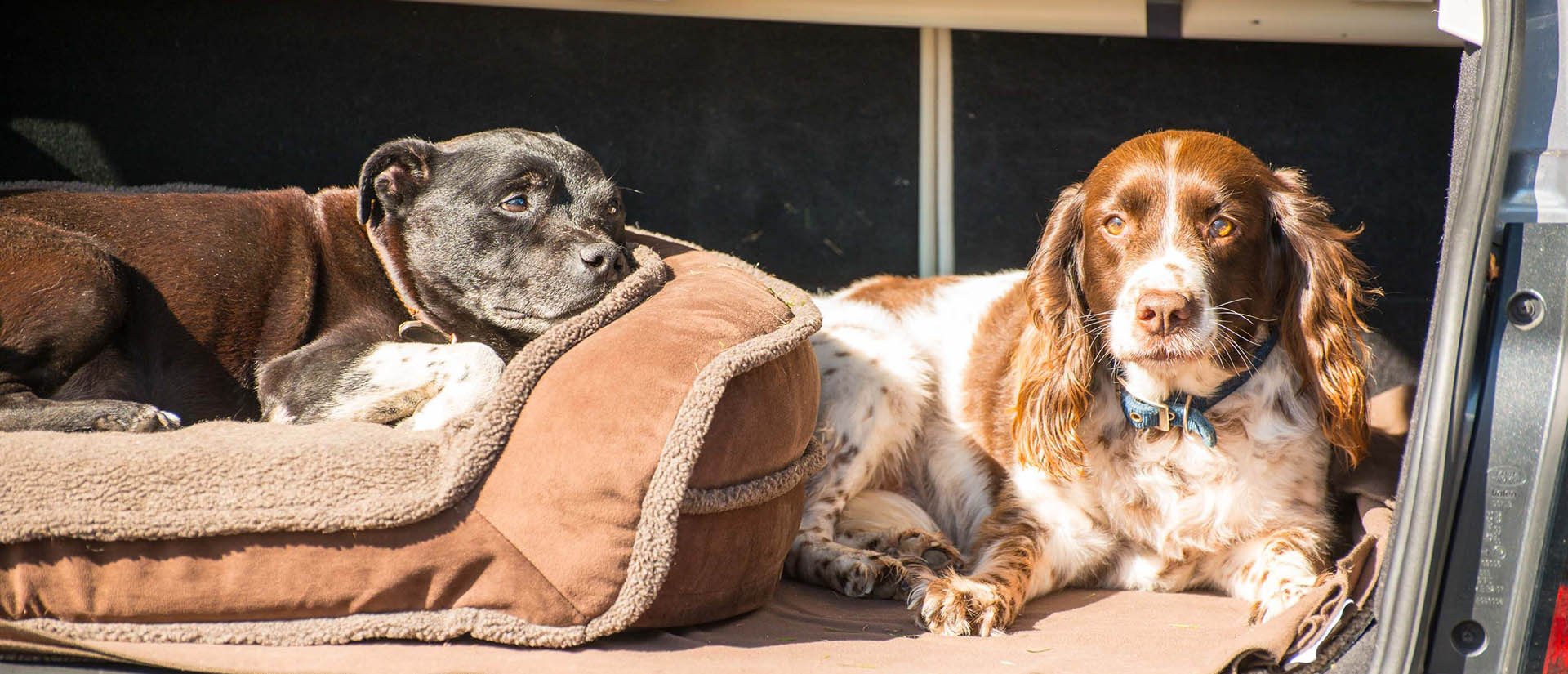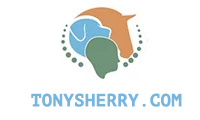
SESSIONS FOR ANIMALS
Horses and dogs are unable to communicate their discomfort verbally, so it is only by exhibiting their compromised physical (and sometimes emotional) state that it will become apparent that there is a problem. Both horses and dogs will be constrained in their movement and therefore their performance, if their muscles are tight and restricted or if they are in discomfort. Animals tend to compensate to relieve pressure on the affected area and if left untreated can lead to problems developing in other areas of the body.
Animal conditions that be successfully treated using EMMETT therapy include:
Injuries from sport or accidents:
- Unbalanced gait/stance
- Lead/harness strain
- Lower back distress
- Inhibited movement
- Poor performance
- Behaviour changes
- Stiffness/decreased suppleness
- Unbalanced head carriage
- Saddle soreness/girthing issues
- Tension in back and lumbar area
- Restricted forward movement
- Standing short or uneven
- Stiff through the legs/dragging feet
- Poor performance/behaviour
- Stiffness/decreased suppleness
Owners who have experienced the power of EMMETT at work regularly report a more relaxed, supple animal that demonstrates an enhanced willingness to work following the removal of obstacles hindering their comfort. Some even go as far as to say that the animal seems to have undergone a personality transplant because they are so much happier – as humans, we recognise how pain can distort our daily lives, and without the benefit of verbal communication, the only way animals can express this discomfort is through behaviour.
As much as EMMETT can benefit a horse, if the rider is experiencing areas of tension or restriction, it means that the horse and rider are not in harmony, so the problems will continue. There is a clear relationship between supple horses who move freely and in balance and their riders who are flexible and have good core strength. Conversely, riders with physical issues of their own may restrict the horse’s movement or put muscles under strain. As a result, when we visit a horse, we may often end up treating the rider too!
